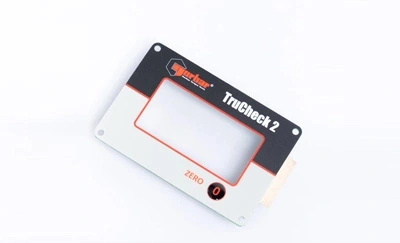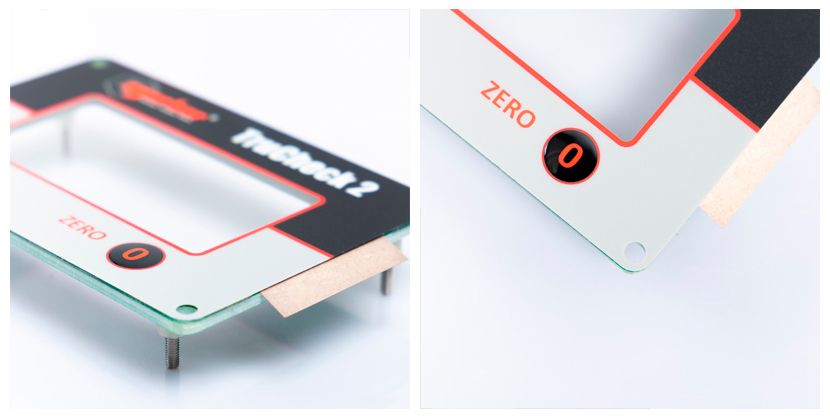
In the world of electronics and user interface design, membrane switches play a vital role. These thin, flexible switches are commonly found in various applications such as keyboards, remote controls, medical devices, and industrial equipment. One crucial component of a membrane switch is its circuit layer, which is responsible for conducting electrical signals and enabling user interaction. In this article, we'll delve into the different circuit layer options available for membrane switches and determine which one is the most cost-effective.
Before we dive into circuit layers, let's briefly understand what a membrane switch is. A membrane switch is a type of interface that consists of multiple layers of flexible materials, including graphic overlays, adhesive spacers, and a circuit layer. Users press on the graphic overlay to make contact with the circuit layer beneath, completing an electrical circuit and registering an input.

The circuit layer is the heart of a membrane switch. It consists of conductive traces that allow electrical signals to flow when pressure is applied to the switch. The choice of circuit layer material significantly impacts the performance and cost-effectiveness of a membrane switch.
Polyester Film: Polyester film is a popular choice for the circuit layer due to its cost-effectiveness and durability. It offers good resistance to environmental factors and is suitable for a wide range of applications.
Polyimide Film: Polyimide film is known for its high-temperature resistance and flexibility. While it is more expensive than polyester, it is often chosen for applications where extreme conditions are a concern.
Silver Conductive Ink: Silver conductive ink can be screen-printed onto various substrates to create a conductive layer. It is cost-effective but may have limitations in terms of durability and longevity.
Copper Flex Circuits: Copper flex circuits provide excellent electrical performance and durability. However, they are relatively expensive and are typically reserved for specialized applications.
When determining the most cost-effective circuit layer for a membrane switch, several factors come into play:
The specific requirements of the application will greatly influence the choice of circuit layer. Consider factors such as environmental conditions, lifespan expectations, and performance demands.
Different circuit layer materials may require distinct manufacturing processes. The cost-effectiveness of a material can depend on the ease of manufacturing and the level of expertise required.
For large-scale production, cost per unit becomes a critical factor. Some materials may offer cost savings when produced in high volumes.
If a membrane switch design requires intricate patterns or customization, the choice of circuit layer material may impact costs.
Consider the expected lifespan of the membrane switch. Some circuit layer materials may last longer than others, reducing the need for replacements.
In conclusion, the choice of the most cost-effective circuit layer for a membrane switch depends on a variety of factors, including application requirements, manufacturing processes, production volume, customization needs, and longevity expectations. While polyester film is often a practical and cost-effective choice for many applications, it's essential to evaluate all available options to ensure the best fit for your specific project.
Are membrane switches durable?
Membrane switches can be quite durable, depending on the materials used and the application. They are designed to withstand various environmental conditions and repetitive use.
Can I customize the appearance of a membrane switch?
Yes, membrane switches can be customized with different graphic overlays and designs to match the desired aesthetics of the application.
What industries commonly use membrane switches?
Membrane switches are prevalent in industries such as automotive, medical, industrial, and consumer electronics.
Do circuit layer materials affect the sensitivity of a membrane switch?
Yes, the choice of circuit layer material can impact the sensitivity and tactile feedback of a membrane switch.
How can I determine the best circuit layer material for my project?
To choose the most suitable circuit layer material, consider the specific requirements of your application, budget constraints, and production volume. Consulting with a membrane switch expert can also be beneficial.